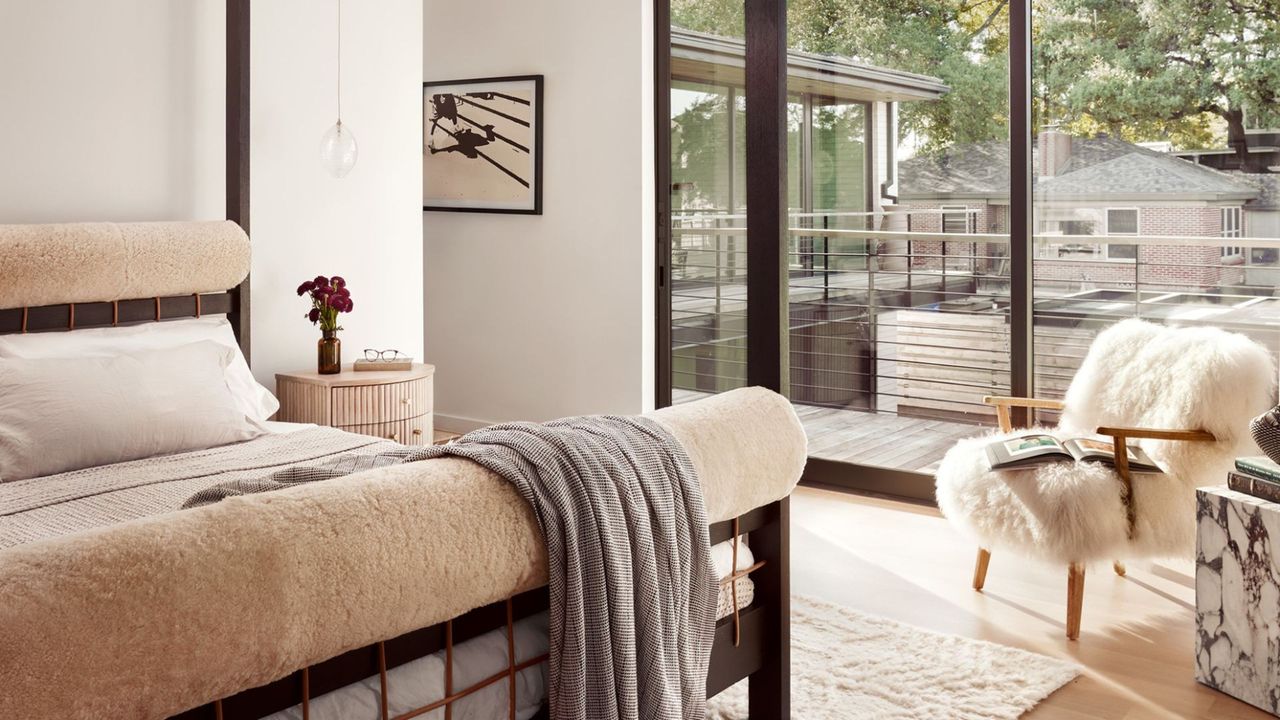
As winter rolls in with its cool breeze, there's nothing I yearn for more than a warm bedscape to keep me comfortable through the night. And, typically, we're quick to fall for anything that looks soft and is tagged with words like insulating and warming.
However, the experts tell me that this isn't always a good thing when you're trying to learn how to sleep better. Getting caught up on these inviting buzzwords could actually hinder your rest and leave you feeling totally uncomfortable.
"Most people think warmth equals heavy materials, but in reality, it’s all about airflow, layering, and moisture management," says Nancy Johnston, bedding expert and founder of Truuce. "The goal in winter isn’t to trap heat, it’s to retain comfort without creating a sauna under the sheets." So here are the materials to steer clear of, and what to opt for instead this winter.
1. Microfiber
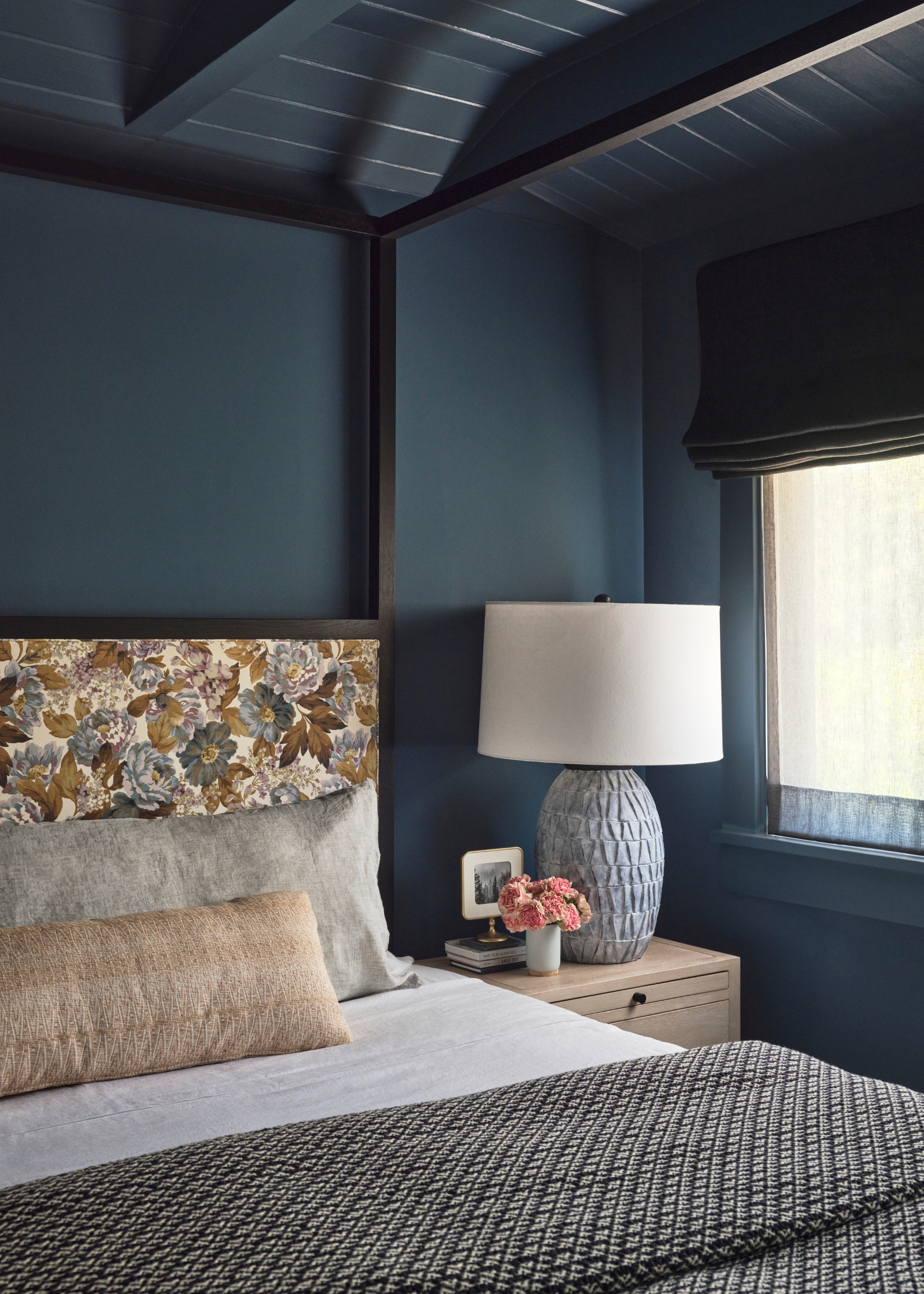
According to Nancy Johnston of Truuce, microfiber bedding is one of the worst winter bedding materials around. "This fabric is a favorite because it is very soft to the touch and relatively inexpensive, but it is made from synthetic fibers that trap heat and moisture," she says.
"Instead, I recommend opting for 100% cotton percale or sateen sheets, both of which are made from cotton, just different weaves. Cotton is a natural fiber that will breathe and wick moisture away from your body."
Our guide on where to buy bedding has plenty of recommendations for the best cotton accessories to drape and decorate your bed this winter. So stay away from microfiber and indulge in this natural fabric instead.
Color: Red Striped
If you're going for a festive bedscape that delivers on comfort, this Cotton King Duvet Cover Set from H&M is perfect.
2. Velvet and Flannel
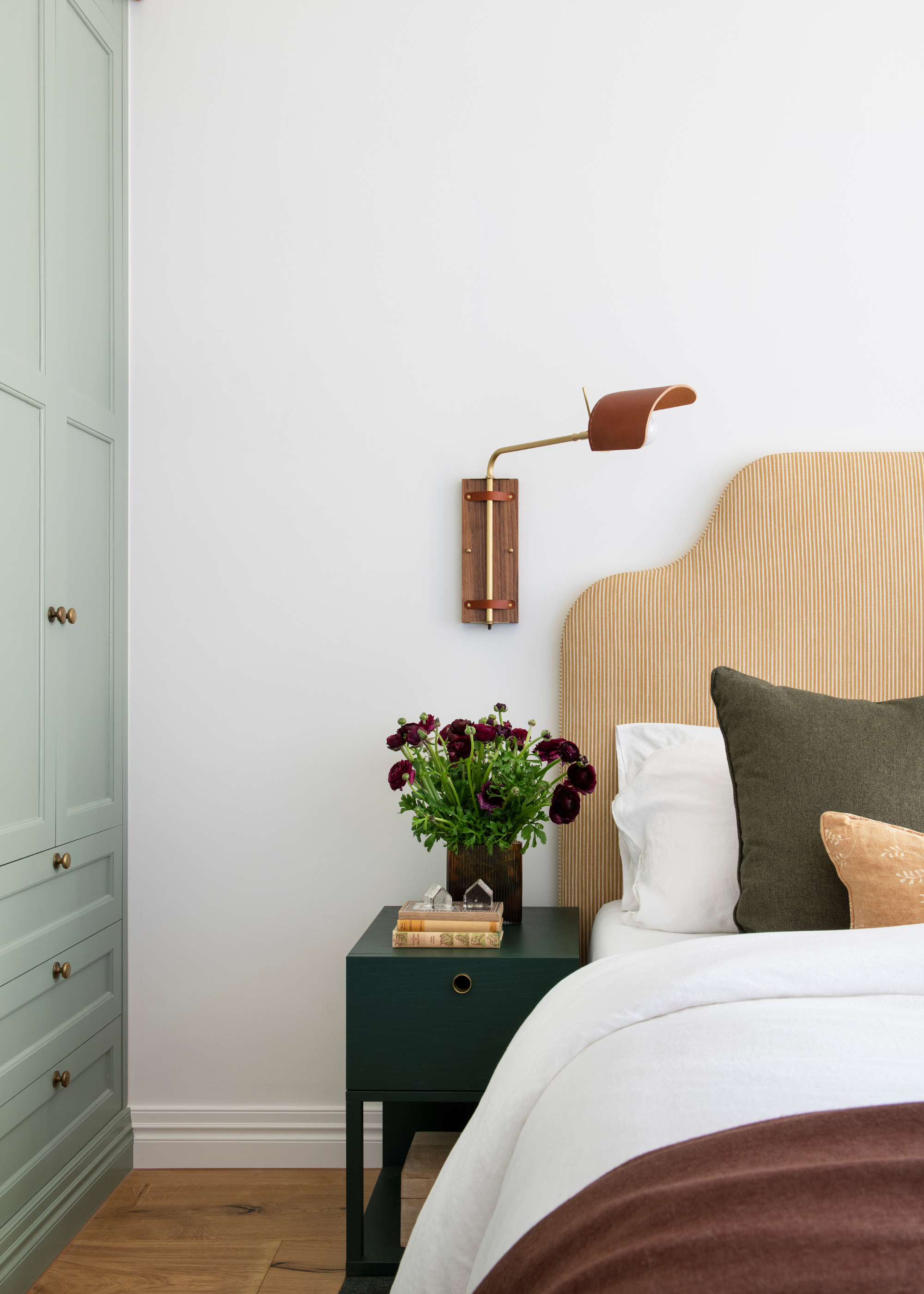
When I think of wintry bedrooms, thoughts of luxurious velvet and festive flannel are among the first to come to mind. And as good as they may look and seem in theory, Nancy tells me that they're best avoided.
"These popular fabrics feel so cozy and luxe to crawl into at night, but you may find yourself overheating at three in the morning," she explains. "If you love the soft feel of flannel, make sure your flannel sheets are made from 100% cotton."
She finds that this subtle shift in fabric will result in a highly soft type of bedding without heat-trapping to the point of discomfort. Plus, it lets you indulge in the classic look of the material without losing out on sleep.
Color: Beige
Made from cotton, this Flannel King Duvet Cover Set from H&M is another star choice.
3. Polyester Blends
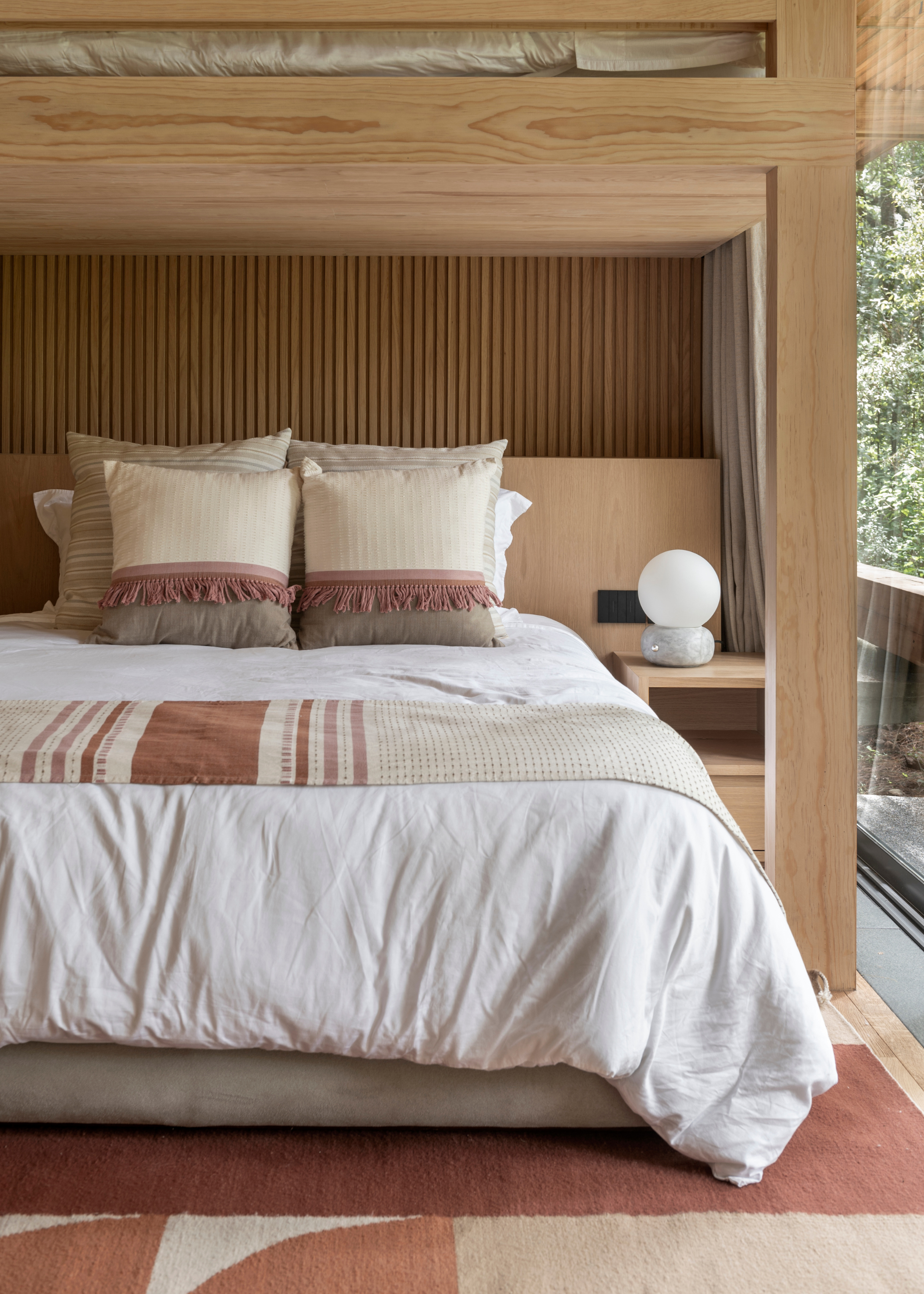
Cathy Rust, bedding expert and founder of Cool Your Sweats, tells me that polyester is another bedding material to avoid. "This bedding material is made from plastic and is therefore not responsive to people’s changing temperatures," she advises.
"Generic polyester sheets, blankets, and comforters will trap heat next to you. And if you're a hot sleeper, your body will sweat as a way of cooling down. Only, the moisture will not escape, leading to an uncomfortable sleep environment."
As an alternative, Nancy recommends breathable and airy Belgian flax linen. "It is naturally temperature-regulating and moisture-wicking like cotton," she says. "But it also allows for a little more air flow."
Color: Avocado Green
John Lewis' Comfy & Relaxed Washed Linen King Duvet Cover is ideal for cozy winter slumber that looks good.
4. Down Bedding
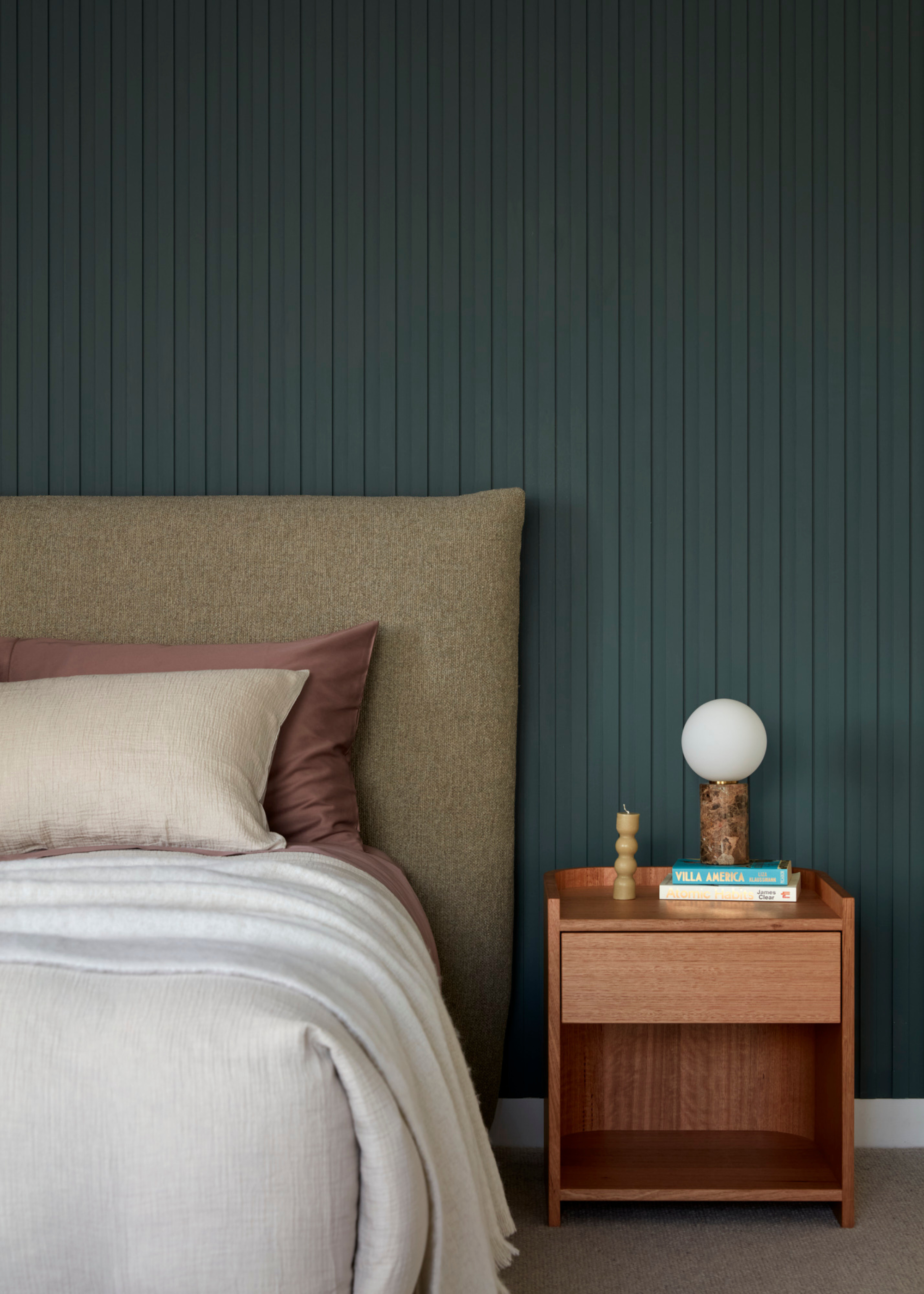
Another common mistake that comes about when setting up your bed for the colder seasons is switching out your blankets for down duvets. Trust me, even if it seems like just the finishing touch you need for a cozy bedroom, you're better off without it.
"Down duvets are deliberately heat-trapping, so they are very good for cold sleepers but not so great for hot sleepers," says Cathy. "Plus, there is no heat-regulating aspect to down and feather duvets."
As an alternative, Nancy suggests treating your bed to natural-fiber duvet covers like cotton or linen that allow air to circulate freely. After all, the last thing you need is your duvet being the reason you have trouble sleeping through the night.
Color: Navy
This Classic Sateen Double Bundle from Christy has everything you need to deck your bedscape out for the colder months.
5. Waterproof Materials
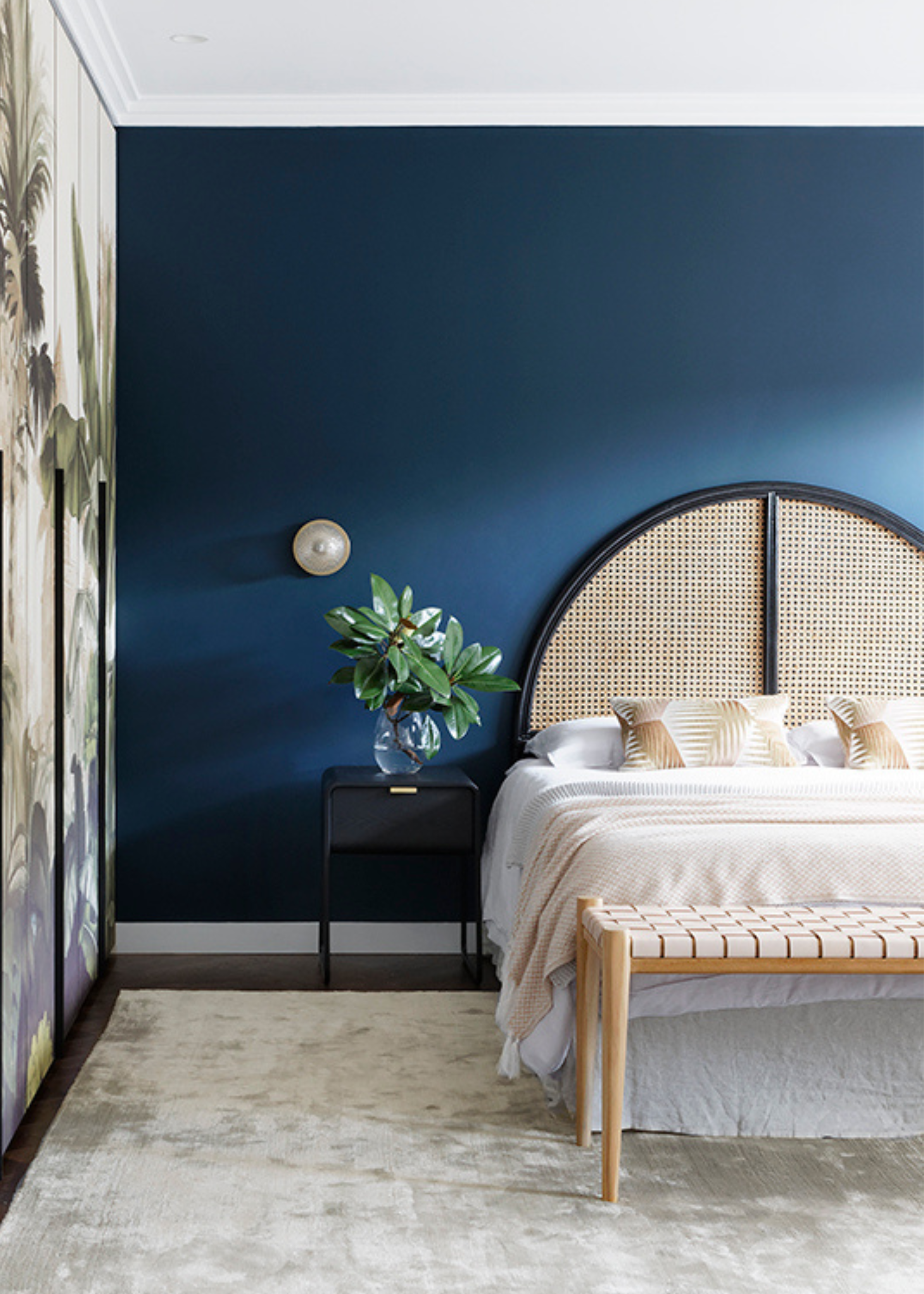
Cathy tells me that layering your bed in waterproof mattress covers and protectors is a major faux pas. It might feel like a wise choice to prolong the life of your mattress, but it will not assist in peaceful slumber.
"These trap any heat your body is giving off. If you’re a cold sleeper, this won't make too much of a difference. However, if you’re a hot sleeper, it's better to switch to a non-waterproof mattress cover," she notes.
Rather than choosing waterproof fabrics that feature polyurethane, you can opt for a more natural approach and look for protectors crafted from cotton and linen for improved sleep hygiene.
Material: Organic Cotton
You'll love both the look and feel of this Jardim Muslin Bedding Set from Garbo&Friends.
FAQs
What Is the Best Bedding Material for Winter?
All in all, natural fabrics are the best choice for bedding in the winter. Look for cotton, linen, bamboo, and silk bedding. These fabrics will regulate air flow and keep your bed feeling comfortable and warm without the discomfort of heat trapping.
When it comes to creating a space for great rest, Japan knows what it's talking about. From temperature regulation to minimalist bedrooms, our guide to Japanese sleep secrets should be your next stop for a lesson in better slumber.







